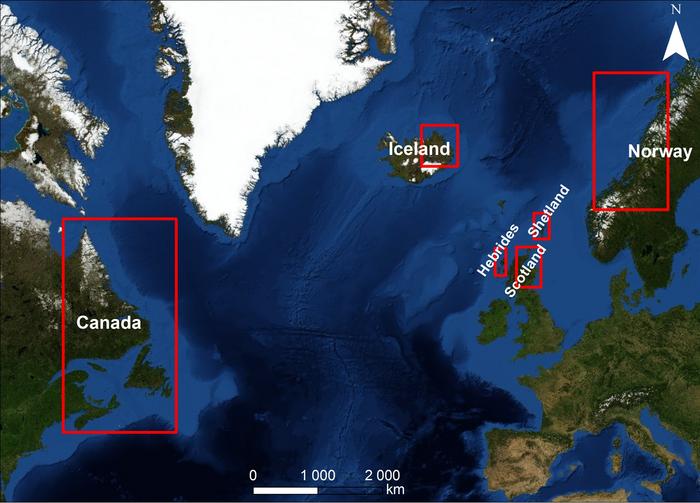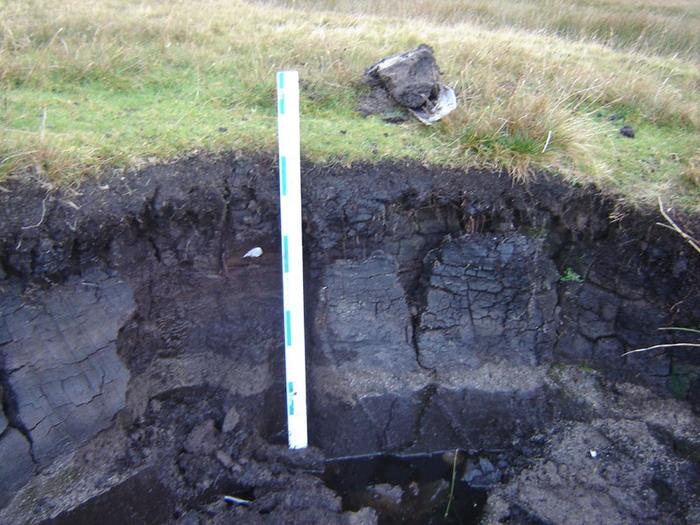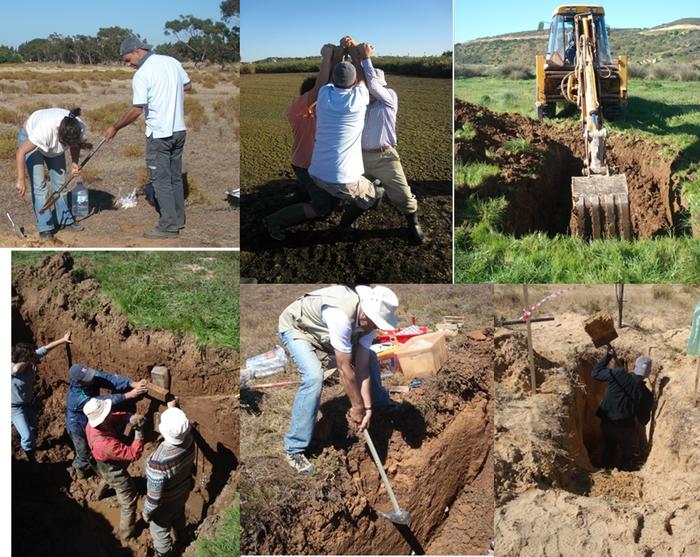Fieldwork
Towards understanding past submarine landslide and tsunami frequency
Submarine landslide deposits
During a thirty day research cruise in the Norwegian-Greenland Sea we will collect sediment cores from the deposits of submarine landslides. These sediment cores will allow us not only to estimate the emplacement age of the deposits and the timing of the landslide, but also to reconstruct failure processes.
The picture on the right shows an example of deep sea mud turbidite sand that has been retrieved from the sea floor.
Tsunami deposits
Within the framework of the project, we will also focus on finding onshore tsunami deposits. This will involve campaigns in several locations around the North Atlantic (i.e., Scotland Mainland, Shetland, Hebrides, Iceland, Norway and Canada – see Figure 1). One aim of the field work is to further extend (in time and in space) the known tsunami deposits that affected this area of the world and with this information establish more accurate return periods for these events. Another aim is to better understand the past sea level evolution in some of the study areas. This aspect is of the upmost importance in terms of hazard risk assessment and for the understanding of climate change.

Our work is initially based on geomorphological observations in order to determine coastal locations more suitable to preserve the sedimentological signature of tsunami events. Once those sites are selected, coring campaigns follow with the purpose of understanding local stratigraphy and differentiate peculiar units that can be associated to sea level index points or to extreme marine inundations (Figure 2). We use different coring equipment (e.g., gouges, auger, Russian corer, Livingstone, etc. – Figure 3) according to the sedimentary characteristics of each specific location. Furthermore, it is common to excavate trenches to have a better understanding of sedimentary structures associated with the studied lithostratigraphic units.

In order to understand the extent and spatial variation of tsunamigenic units a dense network of cores is collected at each study site. Furthermore, present day analogues (e.g., beach, dune, nearshore, etc.) might be collected with the purpose of conducting provenance studies. Once samples are retrieved, a multiproxy laboratorial procedure is followed including textural, micropalaeontological, microtextural, geochemical analysis, etc. Age estimation methods allow the establishment of an accurate chronological sequence for the studied stratigraphic and for the associated tsunamigenic events.













